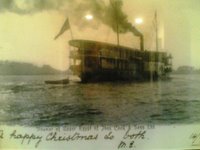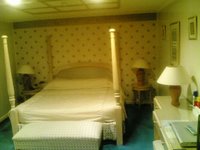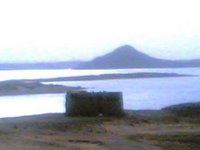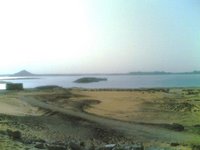
Old Prince Abbas.

The rooming list of the first passangers on old Prince Abbas for Thomas cook.

Reception.

Lounge bar


A royal suite


A cabin
We started our visit to Wadi El Sebuaa at morning of Wednesday. New Wadi El Sebuaa is a recent site, as the original was covered with lake Nasser . Wadi El Sebuaa has three main temples, the first and the main was built by king Ramasess ll and with many similarities to most of his temples as it shows all of his famous wars, in addition to the general offering scenes. The most outstanding feature for Wadi El Sebuaa is the avenue of sphinxes that bear the facial features of the pharaoh himself .The title of the temple had been inspired to locals from that avenue as it means the valley of lions .This temple is carved out of sandstone as most of the temples of the Nubian desert and also had been used later by the Copts who left their graffiti and their crosses . An interesting scene made on blaster found at the sanctuary, represents Saint Peter while being surrounded by the ancient carvings and the cartouche of king Ramasses ll.

Saint Peter with the cartouch of Ramasses II beside.



The avenue of sphinxes.

The Pylon of Dakka.

A damaged statue for Ramasses II it used to be a pair fronting the pylon.
Then we walked the distance between temple of Wadi El Sebuaa and our second temple here which is called the temple of Dakka. The recent title for this temple was created by the Nubians who used to live around and it meant "scorpion". The temple keeps it's unique pylon which is the highest ever you can find in this area of Egypt, the pylon, most probably was rebuilt by the Romans. The open-court is totally ruined while the interior is well preserved. The outermost hall was built by the early Greek dynasty while the inside halls and rooms were founded by a Nubian dynasty as we can read the cartouche of king Erkamen. The sanctuary was rebuilt by the Romans in so low standard. The temple was dedicated to goddess Tefenut and god Shu ,in addition to Merwel and different other gods. While our third temple for this morning was El Mohareq temple which was relocated by the Unesco next to Dakka. The temple was originally built by the Greek dynasty and dedicated to god Serapies ,then was restored by the Romans. The Title of the temple means "the burnt one" and may that refer to the war between the Romans and the Nubians where the second team burnt the temple. El Mohareq temple was our last visit at Wadi El Sebuaa . then we never missed the wonderful sunset at the hills of this nice area of Egypt. Then Prince Abbas contioued it's sailing towards Amada.

View Dakka Temple.

Cartouch of king Erkamun at Dakka.

God Shu and Goddess Tefnut at Dakka temple.

The Mouhareq temple.


A unique sunset




No comments:
Post a Comment